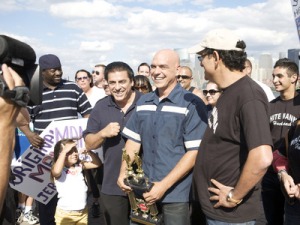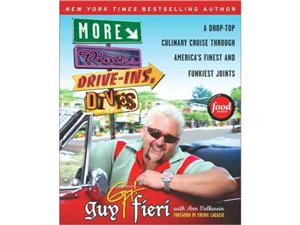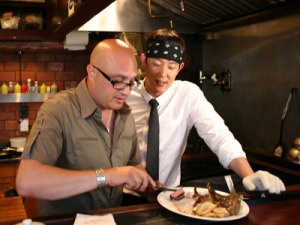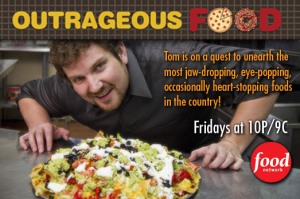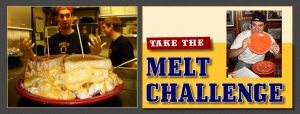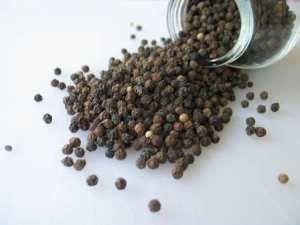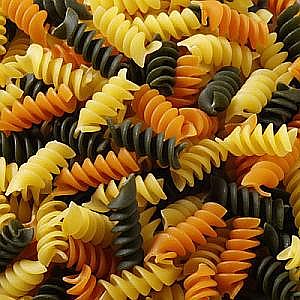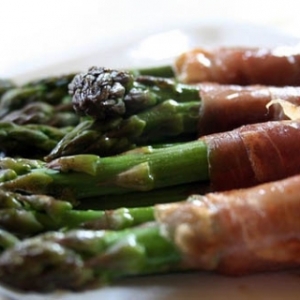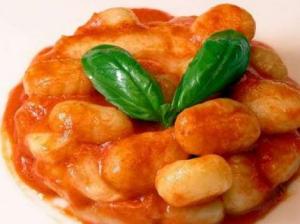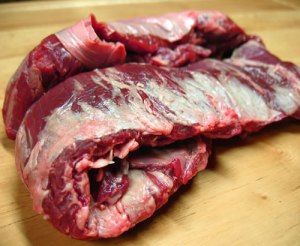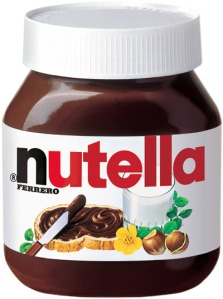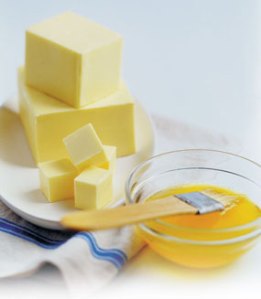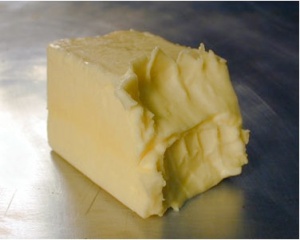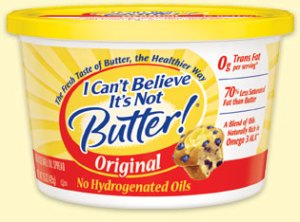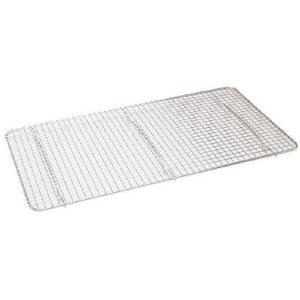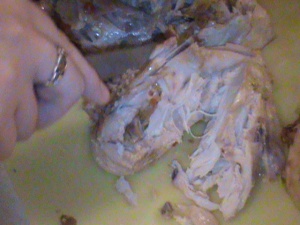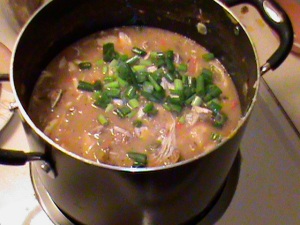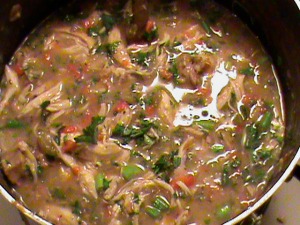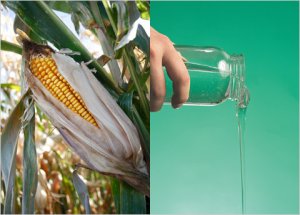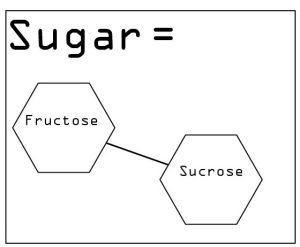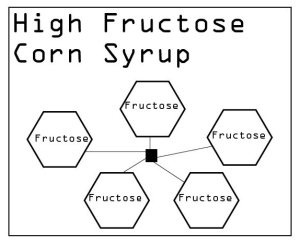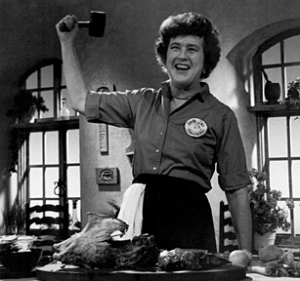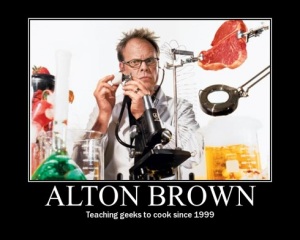Brinner.
Such a simple word, but the images it brings to mind makes the mouth salivate and all horrible thoughts melt like butter gliding over hot pancakes.
Unlike it’s high-maintenance sister, Brunch, Brinner is supposed to quick and easiest for even the least-skilled college student or young adult to master. Brinner isn’t supposed to be extravagant with whole-wheat, banana, Nutella Belgium waffles, eggs benedict and a bloody mary that doubles as shrimp cocktail. No, Brinner is pancakes and sausage, a spinach omelet with hash browns, or, what I did, bacon and eggs.
Start off your Brinner preparation with cooking the thing that takes the longest. Sometimes it’s the hash browns or other starch (pancakes, waffles), but it’s usually the protein (except for eggs, turn your back and those babies are burned). In my case, it was the bacon.
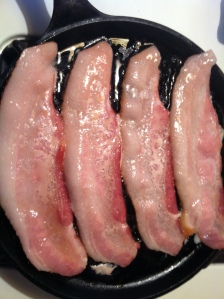
Behold the mother of all pork products: Bacon.
The bacon I had was just your regular run-of-the-mill shrink-wrapped package of bacon. It was thick-cut, wonderfully salty and pretty fatty. Now, some people cook their bacon in the microwave (it’s messy, but super fast), others in the oven (this method lets the fat drip off and away from the bacon, but it takes forever and heats up the whole house). I used a trusty cast-iron skillet, and went low and slow on cooking the bacon.
I will never fight with someone on which type of bacon is better: crispy or chewy. Bacon is bacon, they’re both good, but crispy is definitely my “more favorite” (thank you Brian Regan for ruining my vocabulary). My personal trick to make sure the bacon is crispy is to put the bacon on a cold pan and have the heat on low. This really gets the fat to render (melt) and make the meat and fat nice and crispy.
Continue preparing the rest of your meal while the bacon is cooking, but definitely keep an eye on it. You don’t want burnt bacon.
I had a bunch of fruit in my fridge, so I tossed in some raspberries in a bowl, cut up a peach, and since I was feeling particularly lazy, cut out a hunk of watermelon for a bit of fruit to enjoy.
Next, I went out to my backyard and snipped off some herbs to fancy-up my scrambled eggs. I have a bunch of different plants, and I just grabbed a couple that sounded good to me at that instant. Those happened to be sweet basil, majoram and oregano.
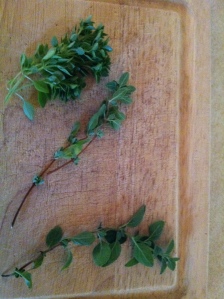
Fresh herbs from top to bottom: sweet basil, majoram, oregano.
All of the leaves were relatively small, and I was feeling REALLY lazy (see the theme here?), so I just stripped the leaves from the stems and called it good.
I then tossed the herbs into a bowl, cracked three eggs, dropped in a small drink of half-and-half and scrambled them well with a fork. I used half-and-half because it’s what was in my fridge.

Herbed Eggs
If you have cream, use cream. If you’d rather use milk, use milk. If you don’t want to add any dairy product, more power to you. Scrambled eggs are all about doing whatever you want to them so they’re delicious. Just don’t add salt while they’re still raw–that will make your finished product rubbery. However, I like to use a bit of milk/cream/half-and-half because it just makes my eggs silky, creamy and delicious. Just be careful not to add too much, because then you’ll have eggs swimming in milk after they’re cooked, which is not at all appetizing.
I kept on draining the bacon fat from the skillet while my bacon was cooking so it wouldn’t splatter and so there was less fat to stay seeped into the strips. I know bacon isn’t incredibly healthy for you, but it’s still better to drain the fat than to just let it sit. When my bacon was crispy and delicious, I let it drain on a bunch of stacked paper towels.
I know you’re looking at the skillet and thinking, “did she cook the eggs in the same pan as the bacon, and used some of the bacon grease instead of butter or oil?”
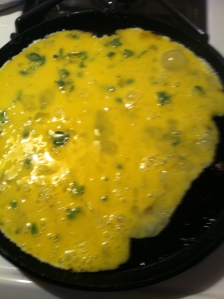
Scrambled Herbed Eggs
You can bet your sweet toches I did. They tasted amazing and I only dirtied one pan (cleaning dishes are annoying, even more so when your dishwasher is your own two hands). I also dropped my whole-wheat bread in the toaster the same time I poured in the eggs, since they take about equally as long to cook.
I pushed the eggs around until they were cooked, about five minutes. I like mine pretty well-done and dry, but if you like yours a little on the runny side, pull them off earlier. I buttered my toast and liberally spread with blueberry preserves, put everything on my plate and hit my eggs with some salt and pepper.
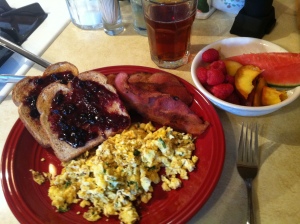
It’s OK if you’re jealous, you’re supposed to be.
In case you were unaware, everything was delectable. I put it all–and I mean ALL of it–in my mouth. But not at the same time. I’m a lady.
Keep coming back every Monday for more recipes, cooking tips and general food and nutrition rambles. If you’re feeling particularly adventurous, you should follow me on Twitter.

